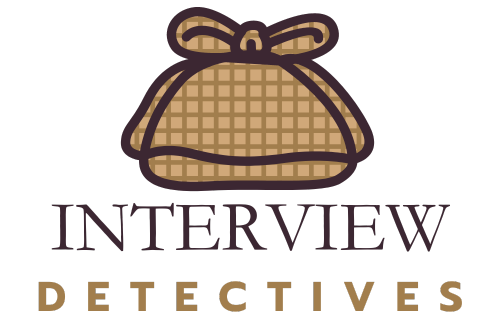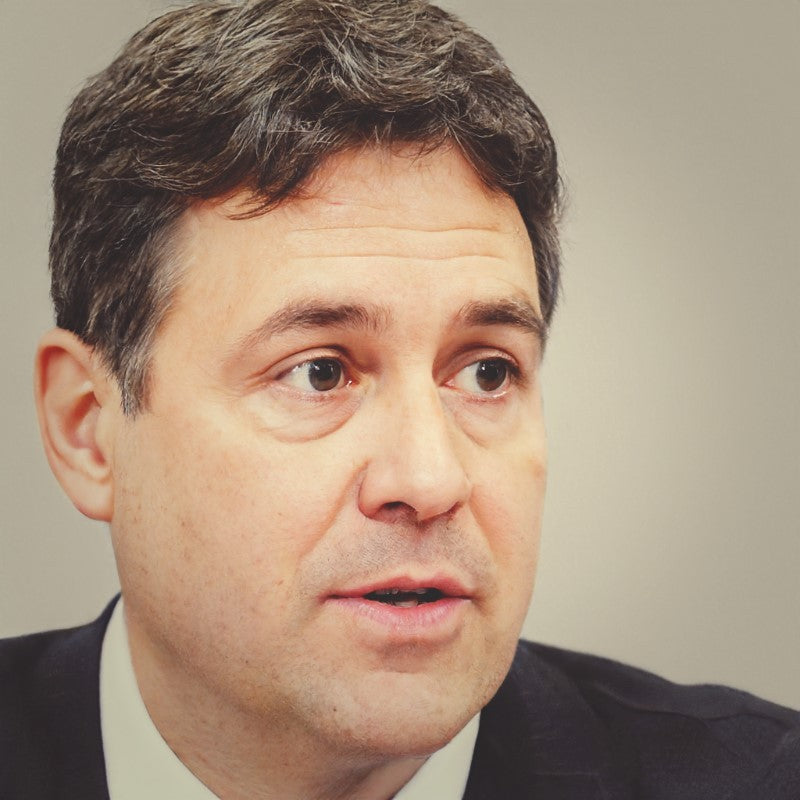Preparing for Civil Service exams can be a daunting task, especially when it comes to writing the 250-word statements required in the application process.
These statements often pose the greatest challenge for candidates.
However, with a deep understanding of the behaviour in question and a solid structure, what once was a weakness can transform into a formidable strength.
Related Article: 5 Seeing the Big Picture Example Statements
Understanding "Seeing the Big Picture" at Higher Executive Officer (HEO) Level
"Seeing the Big Picture" is a critical behaviour for Civil Service roles, particularly at the Higher Executive Officer (HEO) level. At this level, candidates are expected to demonstrate an understanding of how their role fits within and contributes to the broader organizational and governmental objectives.
Key Expectations:
-
Strategic Insight: At the HEO level, you should be able to understand and articulate how your work aligns with the overarching goals of your department and the Civil Service as a whole. This involves recognizing the wider implications of your tasks and decisions.
-
Collaboration: Effective collaboration across teams and departments is essential. You should be able to engage with colleagues, leveraging insights from different areas to inform your work.
-
Influence and Impact: Your actions should reflect an awareness of the broader political, economic, and social context. You should be able to identify opportunities and risks that affect the organization and its stakeholders.
-
Adaptability: You should demonstrate flexibility in your approach, adapting strategies as necessary in response to changing priorities or external pressures while maintaining focus on long-term goals.
Structuring Your Statement: The B-STAR Technique
To craft a compelling 250-word statement for "Seeing the Big Picture" at the HEO level, the B-STAR technique can be incredibly effective. This structured approach ensures that your response is clear, concise, and impactful.
B-STAR Breakdown:
-
Belief: Start by stating your core belief or philosophy about the behaviour. For "Seeing the Big Picture," this might be your commitment to strategic thinking and long-term planning.
- Situation: Briefly describe a relevant situation where you demonstrated this behaviour. Be specific about the context to set the stage for your actions.
-
Task: Outline the specific tasks you were responsible for in this situation. What were you aiming to achieve?
-
Action: Detail the actions you took to address the task. This is where you showcase your strategic thinking, collaboration, and adaptability. Emphasize how you considered broader implications and aligned your actions with larger goals.
-
Result: Conclude with the outcomes of your actions. Highlight the positive impact on the organization, stakeholders, or broader objectives. Quantify results where possible to add weight to your statement.
By following the B-STAR structure, you can ensure that your statement is not only well-organized but also demonstrates a clear narrative of how you embody the "Seeing the Big Picture" behaviour at the HEO level.

Check out 50 example statements for all 9 key behaviours
Now, let's delve into an example statement that illustrates this approach...
250 Word Statement Example
I believe that seeing the big picture is essential for making strategic decisions that align with broader organizational goals and benefit all stakeholders.
As a Senior Software Developer at a tech company, I was tasked with leading a project to develop a new customer relationship management (CRM) system. Understanding the strategic importance of this project, I aligned our development activities with the company’s goals of enhancing customer satisfaction and streamlining operations.
I started by conducting a thorough analysis of the existing system and gathering feedback from various departments, including sales, customer support, and marketing. This helped me understand the diverse needs and expectations of our internal stakeholders.
To ensure our project contributed to the wider organizational objectives, I held regular meetings with the senior management team to keep them updated on our progress and to receive their input. I also collaborated with other project teams to ensure our CRM system would integrate seamlessly with other company systems and initiatives.
To monitor our progress, I established clear milestones and performance indicators. I conducted regular reviews with my team to ensure we were meeting our targets and to address any issues promptly. I also encouraged open communication and knowledge-sharing within the team to foster a collaborative and innovative environment.
The project was completed on time and within budget, leading to a 30% increase in customer satisfaction and a 20% improvement in operational efficiency. This experience reinforced my belief in the importance of seeing the big picture to drive successful and impactful projects.


